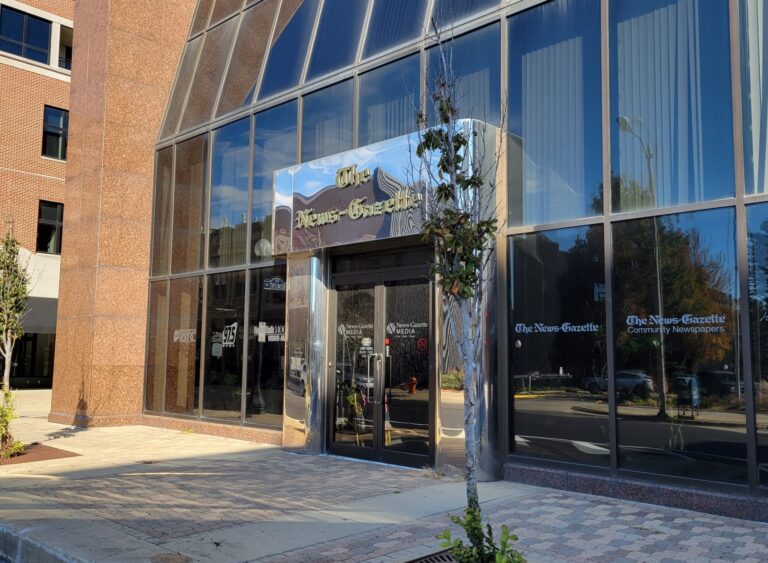URBANA – The term “news desert” describes an area with a shortage of news coverage. According to research by Penelope Muse Abernathy, 28 Illinois counties have just one newspaper apiece, while two counties (Hamilton and Pulaski in southern Illinois) have none.
As a journalism professor at the University of North Carolina at Chapel Hill, Abernathy began mapping and tracking news deserts on a website, usnewsdeserts.com. Through the website, she also released a report, “News Deserts and Ghost Newspapers: Will Local News Survive?”
The report, released in 2020, follows up on a 2016 report on news deserts and newspaper ownership, available at newspaperownership.com.
Abernathy is continuing her research on news deserts as a visiting professor at Northwestern University, which is collaborating with UNC on the project.
What follows is an edited transcript of my interview with Abernathy about her work. I asked her if she thought any of the Illinois counties with one newspaper or none might qualify as news deserts.
ABERNATHY: Well, I think that you can look at a place that has only one news outlet as a place that is at risk of becoming a news desert. And people in rural and outlying areas have suffered a double whammy. So if they lose the newspaper, that’s one thing. But then the second part is that many of the state, regional and metro papers that used to provide additional coverage of big trends, for areas like southern Illinois, they have pulled back and downsize their reporting staff. Many of the metro papers and the state papers are what I would call ghost newspapers in which they have much less than half of the reporting staff they used to have.
JM: Now there are several newspapers in downstate Illinois, owned by chains such as Lee Enterprises. And by the new Gannett (the former Gatehouse chain), CNHI, which owns the Danville Commercial-News and Community Newspaper Group, which owns the News-Gazette — papers which have seen cutbacks in staff. Would you call any of these ghost newspapers?
ABERNATHY: Well, I think that we’d have to put it in a larger context. The for-profit economic model that supported local newspapers for the past 200 years collapsed. But by the same token, we’ve had the emergence of these tech giants. So, many people assumed if you could just get small newspapers to transition to digital, that you could solve the for-profit problem. The problem has been that because the emergence of Facebook and Google specifically, and more and more, Amazon, they siphon off as much as 75 to 80% of the digital dollars in that market. And so, that has led to a dramatic downsizing as revenues have collapsed for newspapers. And unfortunately, without a kind of notion of how you’re going to invest to serve your readers going forward, it often tends to be a death spiral.
JM: You brought up the term ‘death spiral’. Now, these are companies who have acquired these newspapers, which are in it to make a profit. Do they see a future for what they’re publishing?
ABERNATHY: We found that there are really three things that determine whether a newspaper can survive for the long term. You need a market that has decent prospects for growth, you need a publisher-owner, who can respond to local needs and expectations of both residences or businesses. And you need to have the capital to invest.
JM: When you raise these three things that you need for a successful local newspaper, when you look at these smaller markets, in downstate Illinois, do you see that?
ABERNATHY: One of the things that our research has found, and that is most concerning to me, is that when an economically struggling community loses a news outlet, nothing replaces it. And these are so clearly the communities that need the kind of information that helps residents make wise decisions. And that requires us, I think, to think about policies at both the national level, at the state level, and again, at the local level. One of the things that’s encouraging to me, as a first step, is the Local Journalism Sustainability Act that has bipartisan support in Congress. And it would do things that attempt to begin to address the issue one, by giving a tax credit to anyone who subscribes to a news organization, by giving tax credits to the businesses that advertise in local newspapers, and then finally giving a tax credit to a news organization if it hires reporters to cover important special topic issues. The good news is we have an awareness, not just among the industry, but I think among politicians, understanding that our democracy depends on the free flow of information at the local level, that it begins to inform policy at the grassroots level, then the state level and then the national level.

